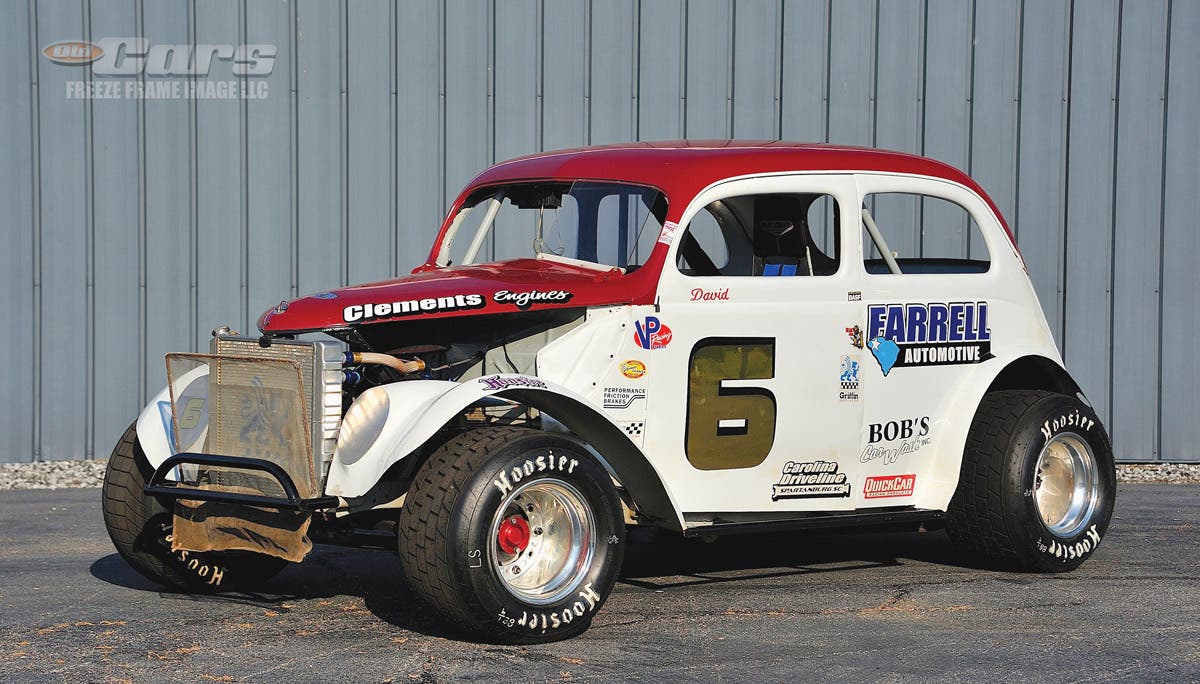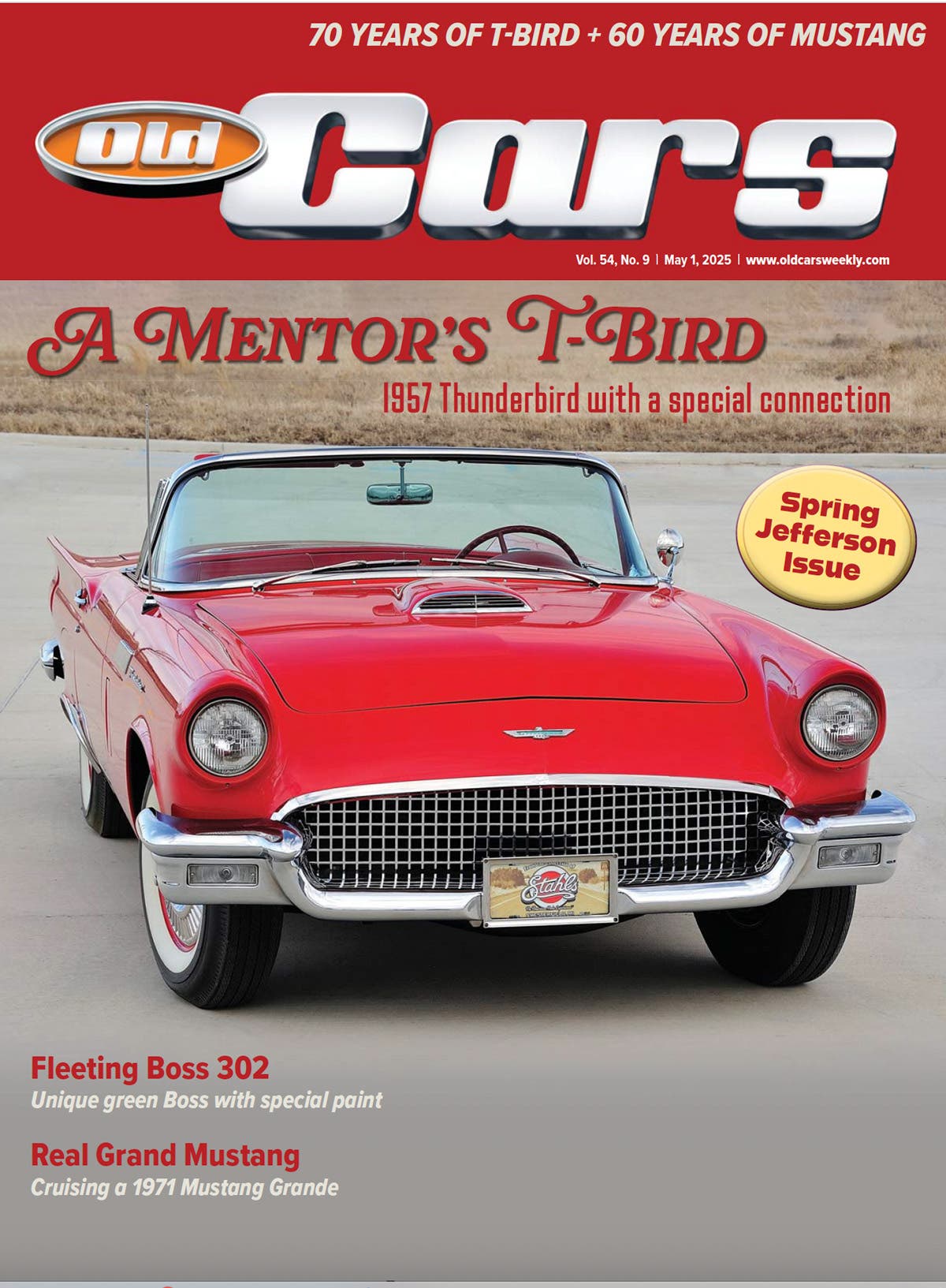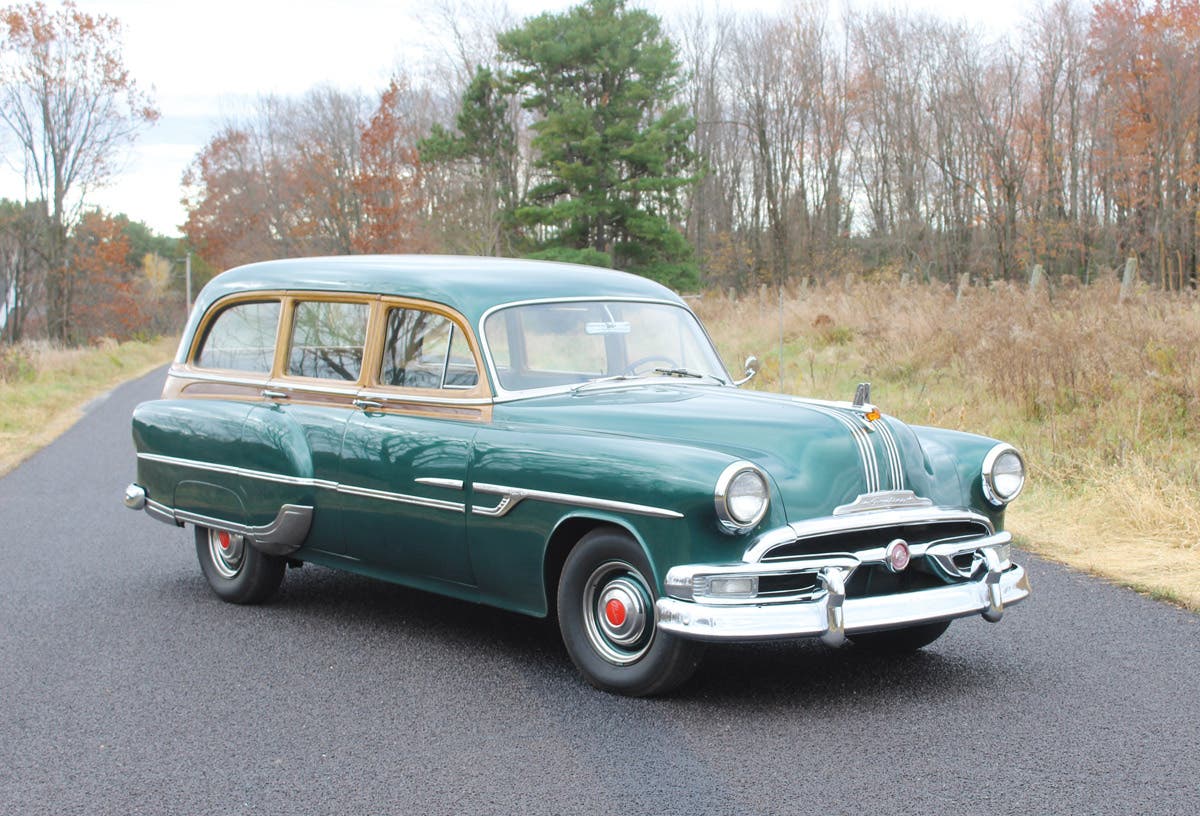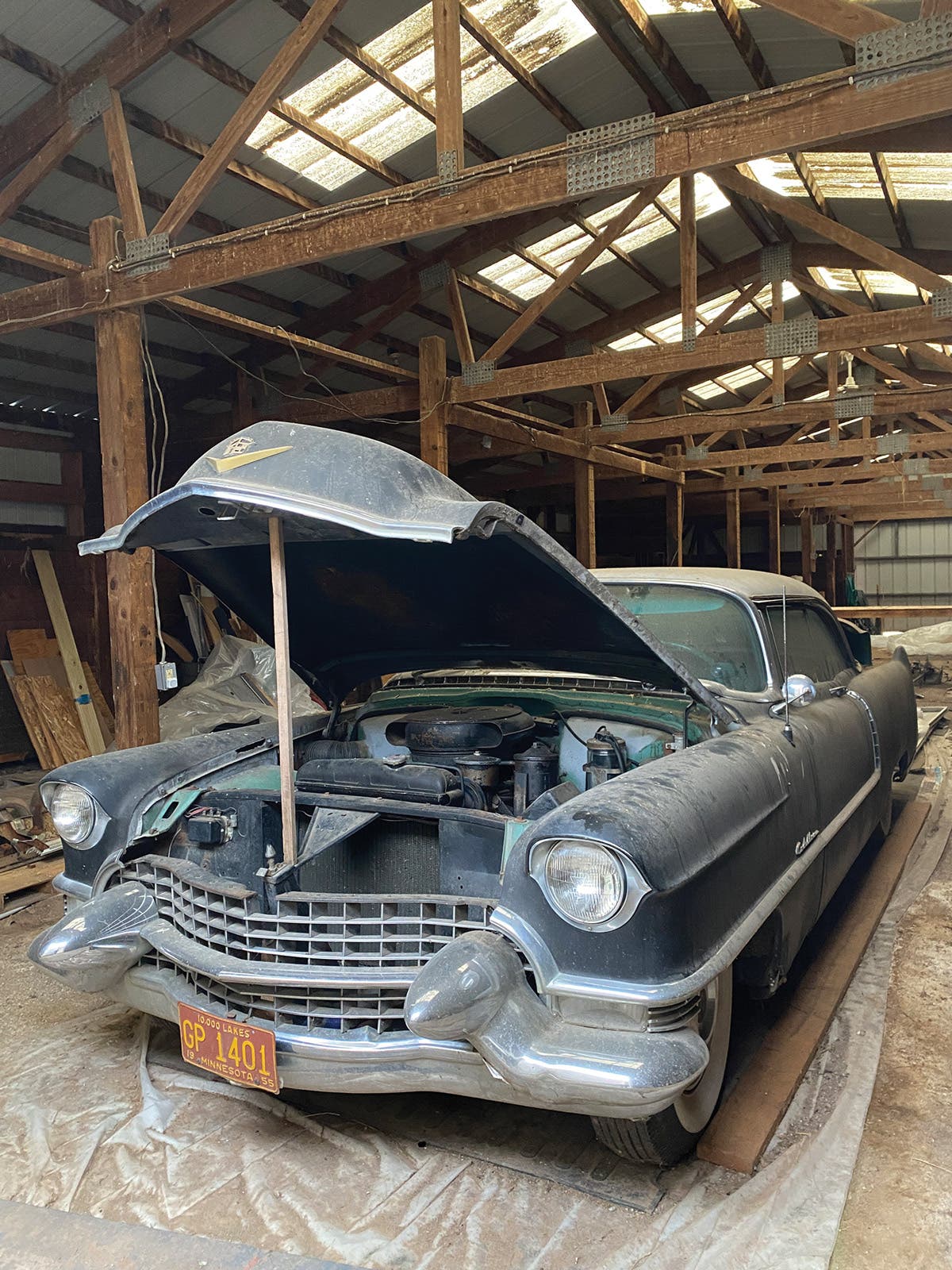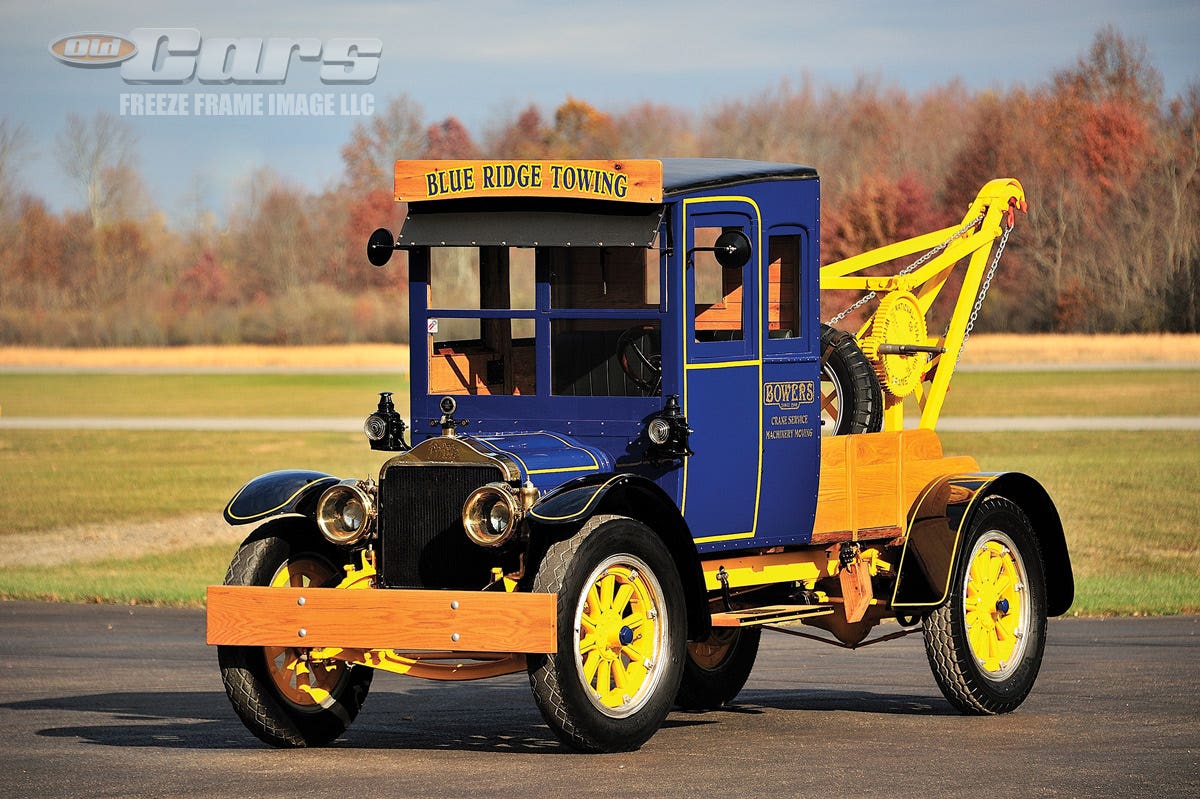Car of the Week: 1987 Buick Regal WE4 Turbo
Behind the Buick GNX, the Buick WE4 was the second-quickest stock turbocharged Buick built, outdoing even the Grand National.
Story and photos by Dan Varner
Most people believe that during the 1980s, nothing really exciting to drive was built by any of the three major American car manufacturers. High performance just didn’t seem to be at the forefront of any car maker’s priorities. Many of them had more serious issues to deal with, such as increasing mileage ratings and correcting quality issues. Ford had seemed to put out the downsized pony to early pasture, while anything wearing the Pentastar was facing extinction.
Only one automaker was really trying to raise the bar on performance and muscle during the early to mid-1980s. Even as rear-wheel-drive cars were on their way out, that unsuspecting automaker kept building muscle cars: B-U-I-C-K!
During the late-’60s and early-’70s high-performance race, Buick stood out with its performance and torque. By the 1980s, even those familiar with Buick’s muscle-era days didn’t expect it to still be at the forefront of performance with mid-size performance cars.
But that’s how it was, even in 1987 when the blacked-out Buick Grand National and its Regal Turbo T were at their pinnacle. Many claim the turbocharged Regal variations were the fastest high-performance cars that rolled off any assembly line during the entire decade. With its 3.8-liter Sequential Fuel Injection (SFI) V-6 engine with an intercooled turbo rated at a conservative 245 hp and 355 lbs.-ft. of torque, Turbo Regals could easily keep up with their brethren Corvette, and often pass the ’Vette. The stealthy looking “beast in black” Grand National could give low-to-mid 14-second times in the quarter-mile. That wasn’t bad at all for a stock Buick — or any other car on any other day.
Word at the time said that Chevrolet brass asked Buick to put an end to the tough competition it was providing so as not to hurt the Corvette’s image. For whatever reason, the engineers at Buick wanted to raise the bar one more time before the rear-wheel-drive Regal went extinct in 1987 and created what has been referred to as the “mystery” Buick: the lightweight WE4.
With little being known about this car and with its very low production, the mystery Buick still remains somewhat confusing to many people today. On Nov. 15, 1986, Buick issued a bulletin to all dealers stating it would begin production on Dec. 8, 1986, of a limited number of factory “lightweight” Regals, marketing the option as the Regal WE4 Turbo ‘T’ Package. (This also may be referred to in some literature as the Regal “Special Turbo ‘T’ Package.”) Buick wanted to promote Regals with the WE4 Turbo ‘T’ option as being similar in appearance to the Grand National, minus the rear spoiler. All Special Turbo ‘T’ Package Regals would be identical with a blacked-out exterior, all-gray interior trim package, special exterior badging that included a red ‘T’ on the front fenders, aluminum wheels, aluminum bumper supports and aluminum rear brake drums as opposed to the Grand National’s cast-steel drums. All of this would make the Regal WE4 Turbo ‘T’ lighter and hence, faster than a Grand National, and for a lower price.
This new WE4 Regal lightweight would still be rated at the conservative 245 hp with 355 lbs.-ft. of torque, but its weight reduction would allow it to average in the mid-to-high 13-second range in the quarter-mile. The base price for the new lightweight Regal WE4 Turbo ‘T’ started at $14,857 while the Grand National was priced at $15,136. That year, Buick produced a limited run of 1,547 lightweight Regal WE4 Turbo ‘T’ cars while some 20,194 buyers opted for a Grand National in its final-year run. With the announcement of its final run, Grand National demand far exceeded what Buick expected to sell that year, as well as production for all previous years.
I own a very rare and all-original WE4-optioned 1987 Buick Regal Turbo T with just a tick more than 29,000 miles. It is powered with its pure stock, unmodified, turbocharged 3.8 SFI V-6 engine. It still wears its original, factory-applied paint and its all-grey velour interior. At some time in its life, Grand National-type side vents were added.
After its order and assembly in Pontiac Mich., it was delivered to Clyde Bartlett Buick-BMW Inc. of Manchester, N.H. The dealer that placed the order for this Turbo ‘T’ must have known that someday it would be a special car. With a total of 21 options, the bottom-line sticker price came to $17,866. The option list included the very rare power Astro roof at a very pricey $925, while the WE4 option (listed on the window sticker as Special Turbo Option) came in at $3,295. For some reason, this WE4 stayed at the dealership until July 1988 — nearly a year and a half after its build and delivery date.
I suspect the dealer had it showcased inside the dealership, holding out for that special buyer. The dealer’s patience paid off well, as I have the original dealer invoice showing that Clyde Bartlett himself sold it to Jonathan Hill of Cambridge, Mass., for a price of $20,000, a couple thousand dollars more than its original sticker price of $17,866. Selling cars above the sticker price was not uncommon in the day for these turbo-equipped Buicks. All Buick Turbos were hot and highly sought after cars, and they remain so today. These machines were amazingly fast and quick right off the assembly line. With just some amateur tweaking using modifications and performance enhancers of the day, these formidable beasts could be made into demons on the streets. I’ve heard countless stories from guys about their early days of street competition. Many who challenged turbocharged Regals were too naive to know what these “sleeper” Buicks could do and were left behind in the dust and smoke.
Behind the Buick GNX, the Buick WE4 was the second-quickest stock turbocharged Buick built, outdoing even the Grand National. The WE4’s wind-up-and-go power combined with its reduction in weight allowed it to deliver an awesome rocket-boosting power thrust. Hats off to Buick!
What a privilege and honor it is to own such a rare and significant piece of Buick high-performance automotive history. Just how many of these that have survived in the “time capsule” condition of this example is anyone’s guess, but I think it is a safe bet to say that only a handful exist.
_______________________
Show us your wheels!
If you’ve got an old car you love, we want to hear about it. Email us at oldcars@aimmedia.com



